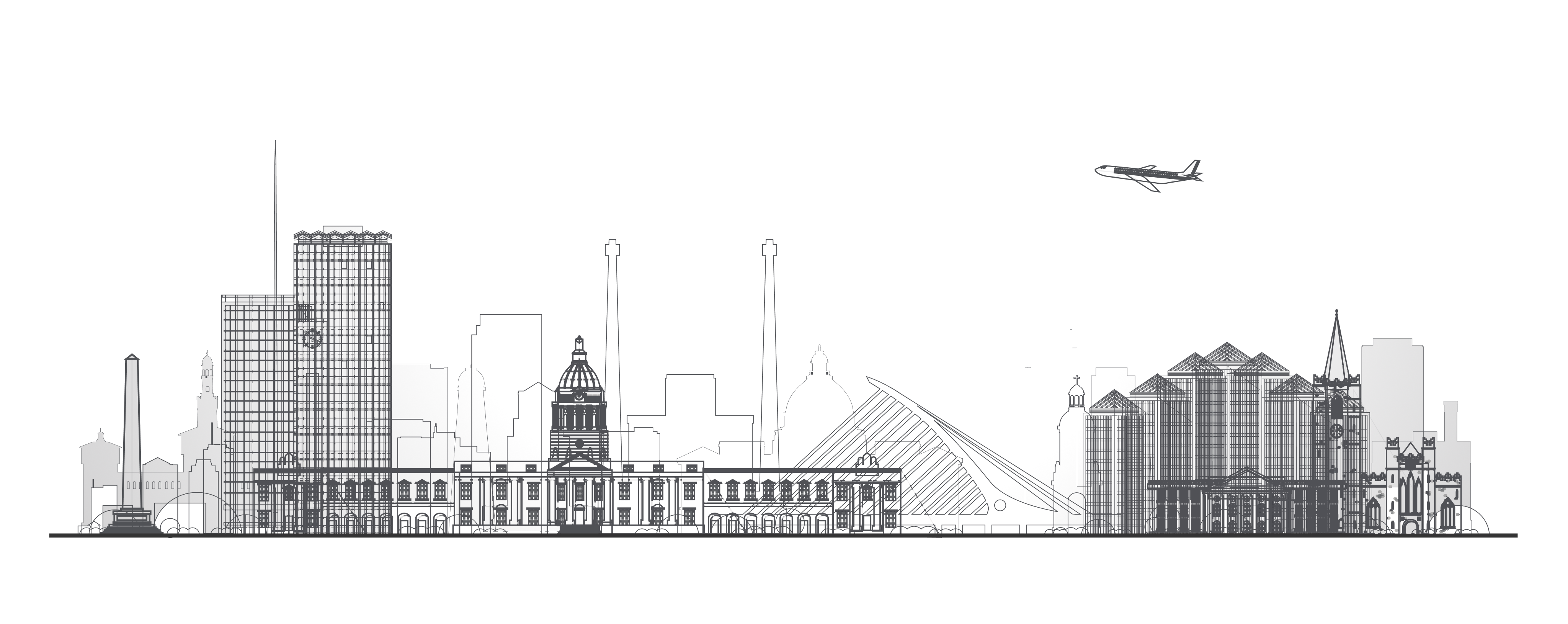
When developing websites, understanding how to use an HTML break line is crucial for clean, readable content. The line break, typically represented by the <br> tag in HTML, is essential in structuring your text. By inserting a line break, you can separate content effectively, improving readability and organization. Whether you’re formatting paragraphs, lists, or even contact information, using line breaks enhances webpage appeal. In this blog, we’ll explore the HTML break line, examining its function, usage, and best practices. From the difference between the <br> and <p> tags to the role of line breaks in web accessibility, this post will guide you. By the end, you’ll understand how to optimize your content with effective line breaks, improving user experience. The <br> tag is a simple but effective way to structure content. When used in a paragraph, for example, it breaks the text into distinct lines. Here’s an example of how to use the <br> tag in HTML: <p>This is the first line.<br>This is the second line.</p> In this example, the text "This is the second line." will appear below "This is the first line." While the <br> tag helps break lines, it’s often confused with other elements like <p>. Let’s clarify the difference. A common confusion is the difference between the <br> tag and the <p> tag for creating line breaks. While both can be used to structure content, they serve different purposes. This difference is crucial for structuring content correctly and ensuring your page layout remains clean and readable. Understanding these differences helps you decide when it's appropriate to use <br>, especially in situations where more precise control over line breaks is needed. Many developers encounter two variations of the <br> tag: <br> and <br/>. So, which one should you use? The difference between <br> and <br/> lies in the syntax of HTML. Both forms work in modern browsers, but if you’re working with XHTML or aiming for stricter syntax, you might prefer the self-closing tag. In standard HTML5, <br> is generally sufficient. Beyond structural content, the <br> tag also plays a practical role in layout design, especially within HTML forms. Line breaks can also be helpful when working with HTML forms. For example, when formatting form fields or labels, a <br> tag can be used to create better visual spacing between elements. Here’s an example of using a line break in a form: <form> <label for="name">Name:</label><br> <input type="text" id="name" name="name"><br> <label for="email">Email:</label><br> <input type="email" id="email" name="email"><br> <input type="submit" value="Submit"> </form> In this example, each label and input field is separated by a <br> tag, ensuring that the form fields are displayed on different lines for improved readability. While <br> tags can be handy for layout adjustments in forms, it's essential to use them thoughtfully throughout your HTML. Although the <br> tag is useful, it’s important to follow best practices to avoid cluttering your HTML with unnecessary breaks. Here are some tips for using line breaks effectively: By following these guidelines, you’ll ensure that your content remains structured, clean, and easy to read. In web design, the way content is structured can significantly impact user experience. Line breaks play a critical role in ensuring that text is readable and well-organized. Too much clutter can confuse users, while too few breaks can make your content difficult to navigate. By carefully applying line breaks, you can help users quickly understand and engage with your content. Beyond just clean code, using line breaks correctly also contributes to the overall design and user experience of a webpage. 1. What is the <br> tag in HTML? The <br> tag in HTML is used to create a line break within content. It separates text or other elements, placing the next content on a new line. This tag doesn’t require a closing tag, making it simple, effective, and efficient for formatting web content. 2. How does <p> differ from <br> ? The <p> tag is used for paragraphs and adds space before and after the content. In contrast, the <br> tag simply moves content to the next line without creating extra space. This distinction is essential for properly structuring web content and controlling the layout effectively. 3. Can I use <br> in HTML forms? Yes, you can use the <br> tag in HTML forms to create line breaks between form elements. This helps improve the visual organization and readability of the form by separating labels, input fields, and buttons. It ensures a smooth and cleaner layout, enhancing the user experience. 4. Should I use <br> or <br/> in HTML? In HTML5, both <br> and <br/> are valid, but the <br> tag is more commonly used. The self-closing <br/> is typically used in XHTML and XML documents. If you’re working with standard HTML5, the regular <br> is generally sufficient and preferred for simplicity. Whereas, <br/> can also be used. 5. How do line breaks affect web accessibility? Excessive use of line breaks can negatively affect web accessibility for users with disabilities. Overusing <br> can create a negative experience for screen readers. It’s important to use line breaks sparingly and structure content correctly. The right use of <br> can lead to a visually attractive webpage.What Is an HTML Break Line?
How the <br> Tag Works in HTML?
Line Breaks with <br> vs. <p> Tags
The Correct Usage of the <br> Tag
HTML Break Line and Its Role in Web Accessibility

Also, Read
What Is the Difference Between <br> and <br/>?
How to Use <br> in HTML Forms
Best Practices for Using the <br> Tag
The Role of Line Breaks in Web Design and User Experience
Conclusion: Mastering HTML Break Line Usage
Frequently Asked Questions
Talk to Our Experts

173 E Columbine LN, Westfield, Indiana
H-11, First Floor, Sector 63, Noida, Uttar Pradesh 201301
10 Suffolk Place Aintree, Victoria, Australia -3336
6-425 Hespeler Road, Cambridge, Unit 303, N1R8J6

5 gleann dara,Tully,Ballinamore Co Leitrim, Ireland